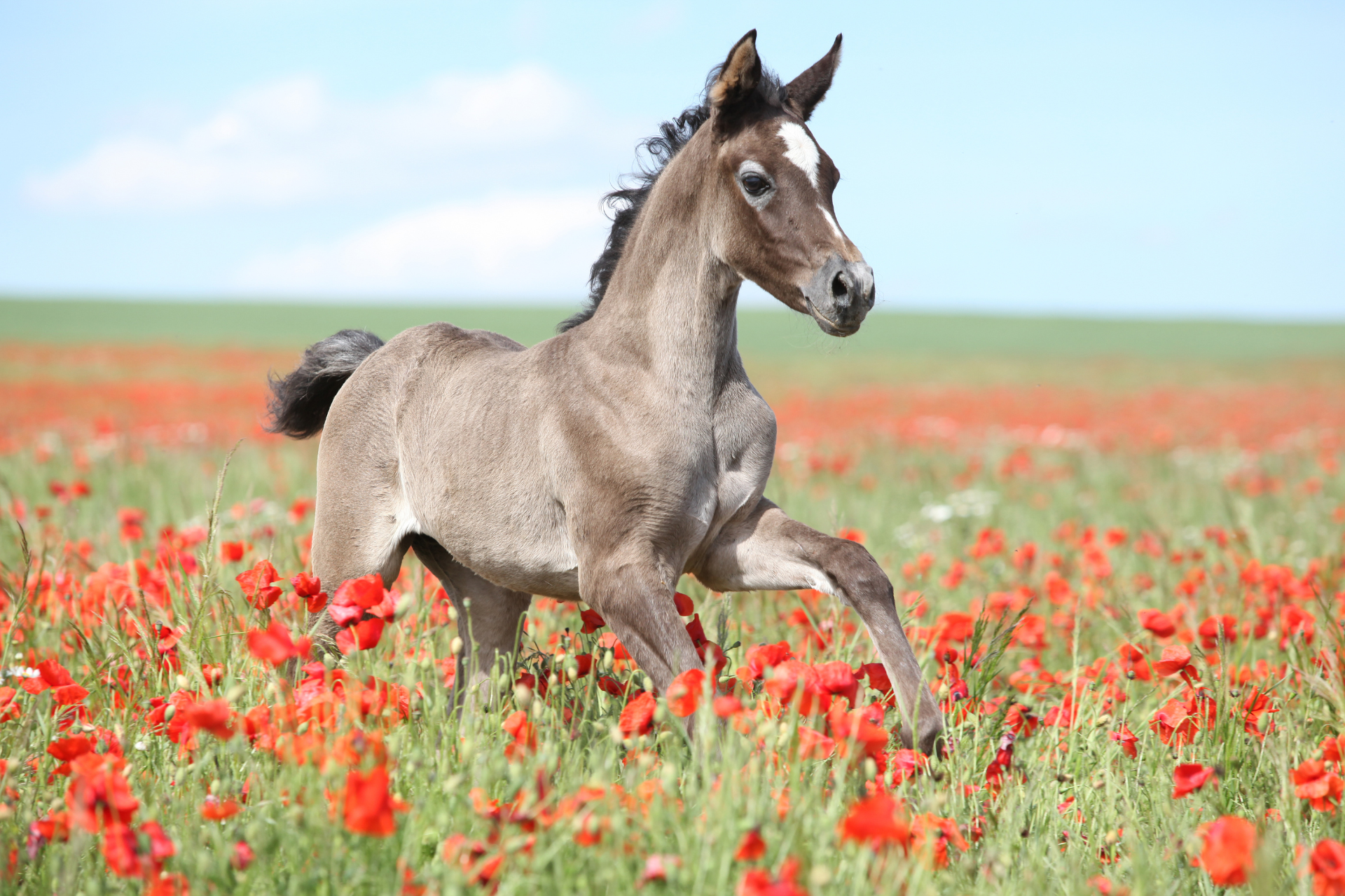Alright, horse owners, listen up: winter is finally packing up, and spring is just around the corner. I know you’re itching to let your four-legged friends romp through the fresh, green pastures. But before you fling open every gate, let’s chat about a few things to keep your horses, and your pastures, happy and healthy.
Winter Turnout Options: The Lowdown
Depending on how you’ve been spending the winter with your horse, your spring transition game plan will vary. If your horse was crammed into a sacrifice (or dry) lot all winter, you’ve been protecting your pasture like a boss. Why? Because winter grazing can really mess up your pastures. Those plants are in hibernation, and when horse hooves hit wet, frozen ground, or the mud during our thaw periods, it’s a recipe for disaster.
But hey, don’t confuse a dry lot with a prison cell. Keeping your horse in a stall all winter isn’t ideal either. It’s all about balance, and the sacrifice lot lets you avoid ruining your spring green before it even has a chance to bloom.
Now, some of you lucky folks couldn’t confine your horses over winter, so they stayed out on pasture. These horses will naturally transition as the grass grows in, but if you’ve got a horse with sensitive health issues like laminitis or metabolic syndrome, you might need to pay a bit extra attention.
Why the Slow Transition?
Let’s get real, horses are not creatures that thrive on sudden changes, especially when it comes to their diet. Their digestive system is like a finely tuned machine that takes time to adjust. Here’s the kicker: early spring grass is a bit of a wild card. It’s packed with non-structural carbohydrates (NSC), meaning it can be a real hazard for horses prone to laminitis or insulin issues.
So, unless you want an unwanted trip to the vet, ease your horse into that new buffet of spring grass gradually. Think of it as a “slow and steady wins the race” kind of deal.
Methods for a Smooth Transition
If your horse has been on a winter lock-down, here’s how you can gradually introduce it to the spring pasture:
- Wait for the Grass to Grow: Aim for a minimum height of 6 inches. This ensures the plants have bounced back from winter damage.
- Short Grazing Sessions: Start with 15-30 minutes of grazing a day. It’s like dipping your toe in the water before a full swim.
- Gradual Increase: Slowly ramp up grazing time by 15-30 minutes daily until your horse is comfortably grazing for 3-4 hours.
- Consider Grazing Muzzles: If you’re in a pinch or dealing with a horse that’s overzealous at the gate, a grazing muzzle can help control intake. It’s a bit of trial and error, but trust me, it can be a lifesaver.
For those horses that were out on pasture all winter, the transition is more natural, just keep feeding hay to help ease the switch. But, if your horse is already predisposed to laminitis or metabolic issues, consult your vet to make sure that extra NSC from fresh spring grass won’t wreak havoc.
Final Thoughts
I get it, when you see that first sign of green, you’re tempted to let your horse go full wild. But patience is key here. Transitioning slowly isn’t just about avoiding a digestive upset; it’s about keeping your pastures resilient and your horse in tip-top shape. So, take a deep breath, plan your strategy, and enjoy the process of welcoming spring with your equine friend. Remember, a little forethought now means fewer headaches (and vet bills) later. Happy grazing, y’all!

